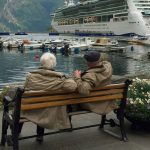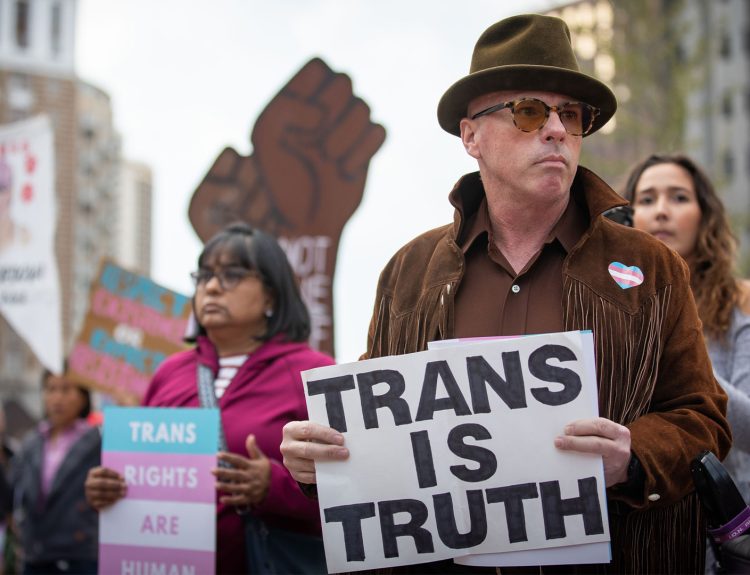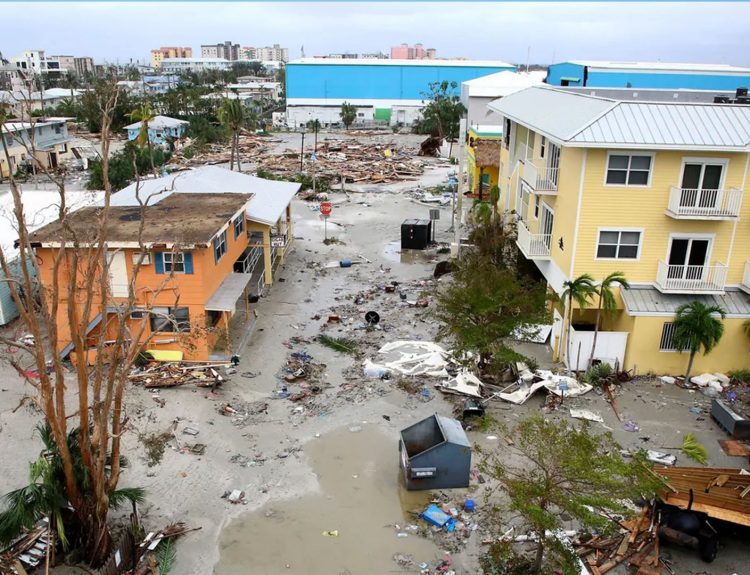Many scientists regard the Amazon rainforest as a crucial part of the planet. The vast vegetation helps to trap carbon, which in turn, combats climate change. However, the forest can’t keep up anymore due to man-made actions.
Since the Amazon is overwhelmed, residents in the area are experiencing weird phenomena. Amongst these inhabitants are people living on the islands of Brazil’s Bailique Archipelago. The rising sea levels and dying forests are making it unbearable to live there.
About The Bailique Archipelago
Before explaining the situation, let’s give a little context about the Bailique Archipelago. This place is located at the crossroads of the Amazon River, saltwater intrusion, and the Atlantic Ocean.

It is a district in the Brazilian municipality of Macapá but is widely recognized as an archeological island. The archipelago consists of eight major islands, each with a rich history, people, and culture. Sadly, they are in trouble.
Rising Sea Levels At The Bailique Archipelago
Recently, the sea and ocean levels at the archipelago have risen significantly. This issue threatens the lives of residents at the Bailique Archipelago as their food and water go sour. But how’s this possible?
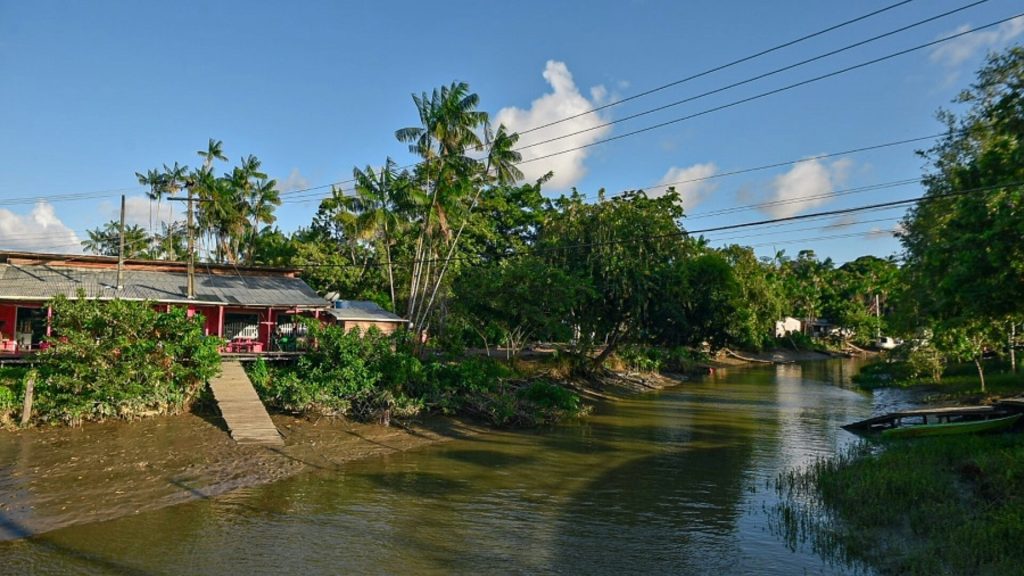
The settlement is located at a crossroads with different water bodies, including saltwater intrusions. The rising sea levels push this salty water into the area, but the problem is how frequently it happens.
Irregular Water Cycles
What makes the flooding at the archipelago more concerning is how frequently it happens. Studies show that it’s normal for the ocean as seas to overflow and push salt water into the area. The problem now is that it’s happening more than usual.
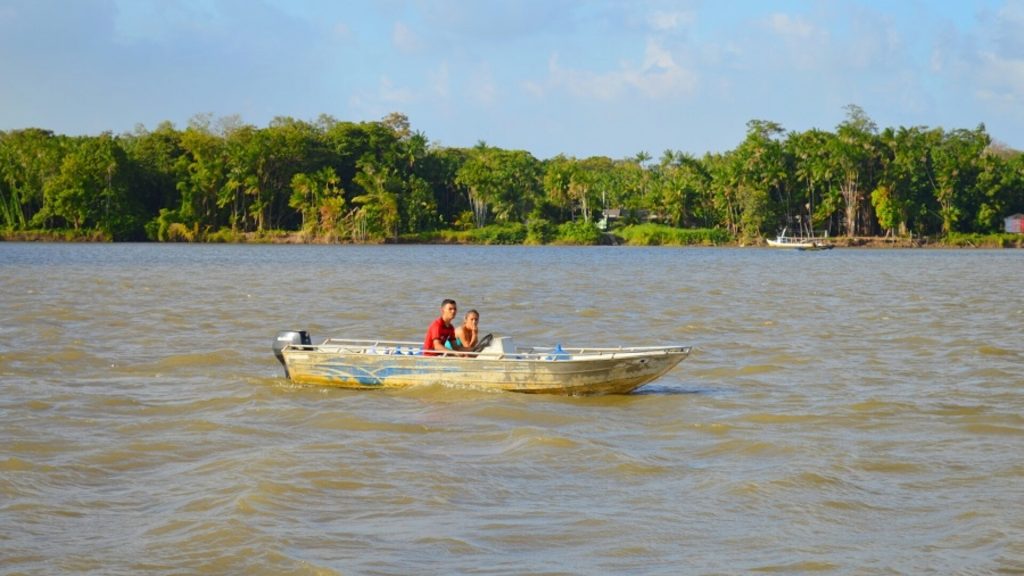
This influx of salty water has taken over the settlement’s rivers, which has made drinking water harder to get. At the same time, excess sodium in vegetation rings its taste and makes it unpleasant to eat.
Even Their Native Crop Can’t Keep Up
The increased saltwater flooding the field has overwhelmed the archipelago’s main crop, the açaí berries. This fruit quickly becomes salty, which makes it unfit for exportation or consumption.
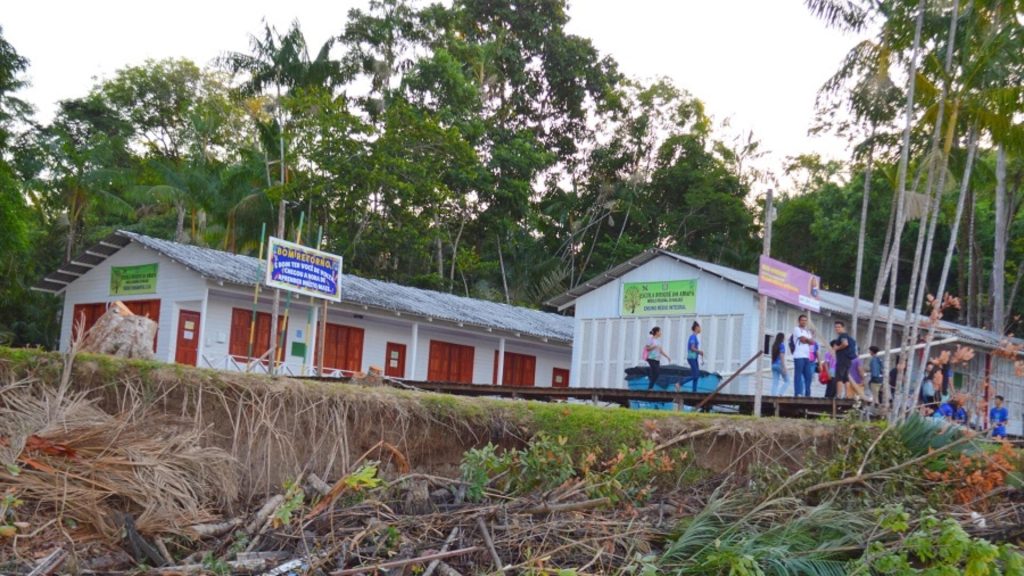
Even the erosion caused by the Amazon River’s flow has damaged the palm trees in the community. The result is a stifled economy that’s lost valuable food and business assets. Ultimately, living here has become difficult.
People Are Leaving
So far, things aren’t changing. The flood keeps coming, the water is salty, and life just keeps getting worse. The only thing left for locals in this community is to seek greener pastures. So, thousands of people have fled the region.
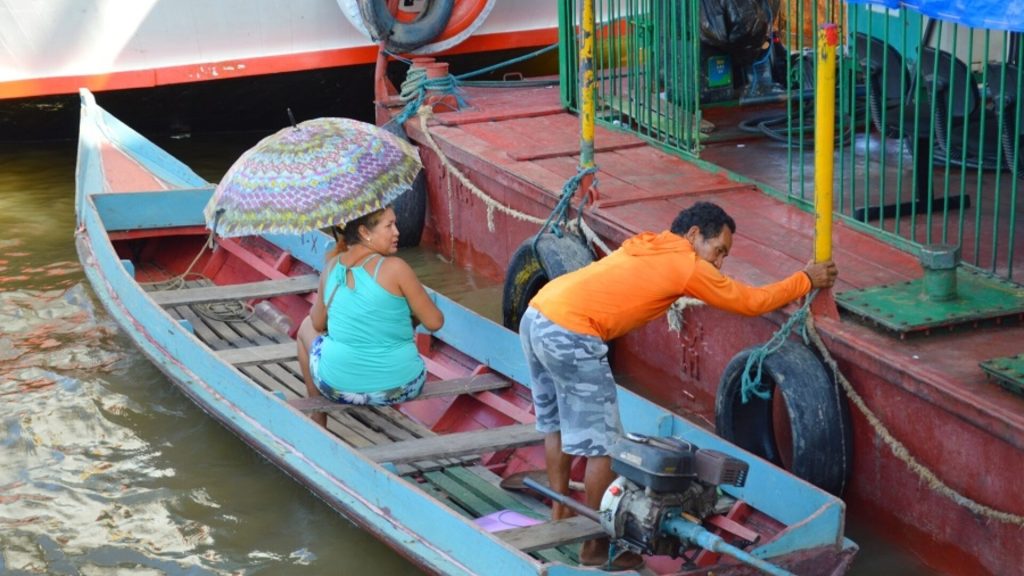
The few that remain, like the boat pilot Aurélio Marques, still struggle to make ends meet. But as time progresses and as the situation worsens, they will exist in the community in search of a better life.
What’s The Culprit? Global Warming
It’s undoubtedly strange to wake up one day and find a generational river has turned against the area. Some superstitious locals may blame the spirits, but studies show the true culprit. It’s global warming.
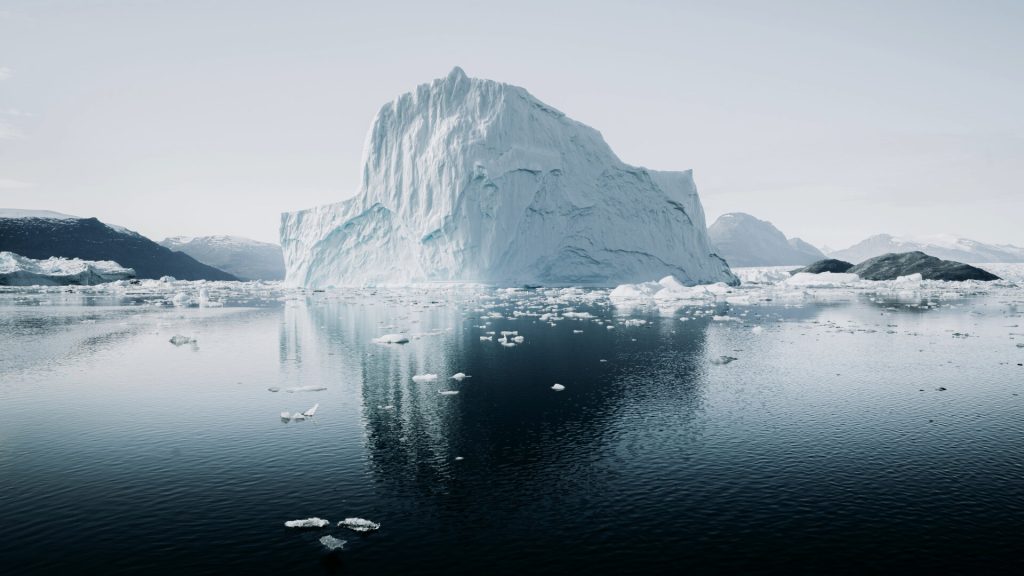
Global warming is responsible for rising sea levels that push more water into the archipelago. The extra water comes from glaciers and ice sheets melting worldwide, wreaking havoc.
Humans Have A Part To Play Too
While global warming causes irregular water cycles, man-made activities contribute to it. The Amazon rainforest has been the victim of unchecked agricultural expansion. People clear more land to rear livestock, which thins out the vegetation.
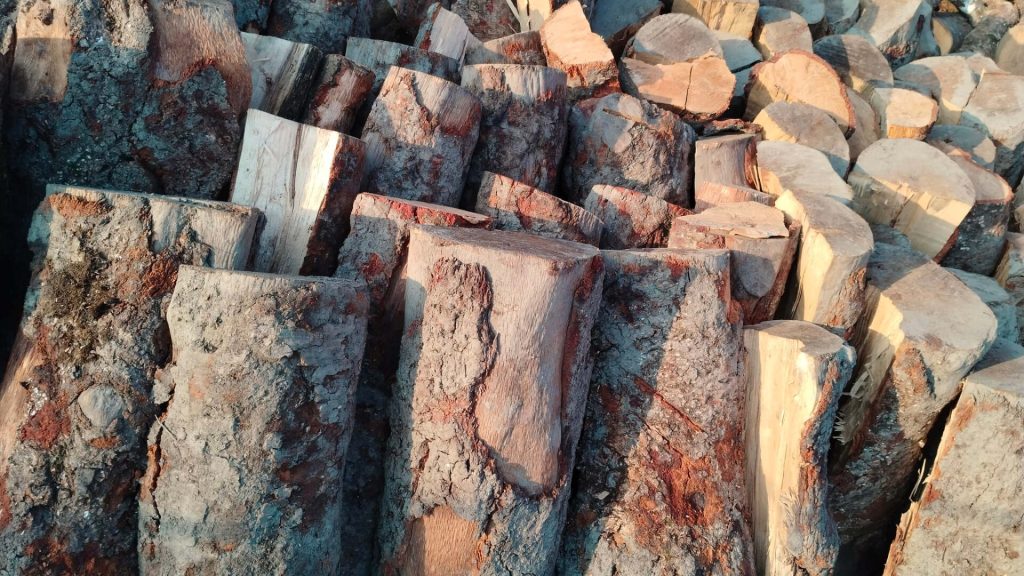
Illegal logging is another problem. Greedy companies steal extra lumber from the Amazon rainforest as farmers expand their operations. These combined efforts contribute to deforestation, thereby weakening the Amazon’s ability to fight global warming or replenish itself.
‘Nature Is Revolting’
Aurélio Marques, a boat pilot who stayed behind while thousands left the archipelago had a lot to say. He was able to comment on the unfortunate situation that is eating the community away.
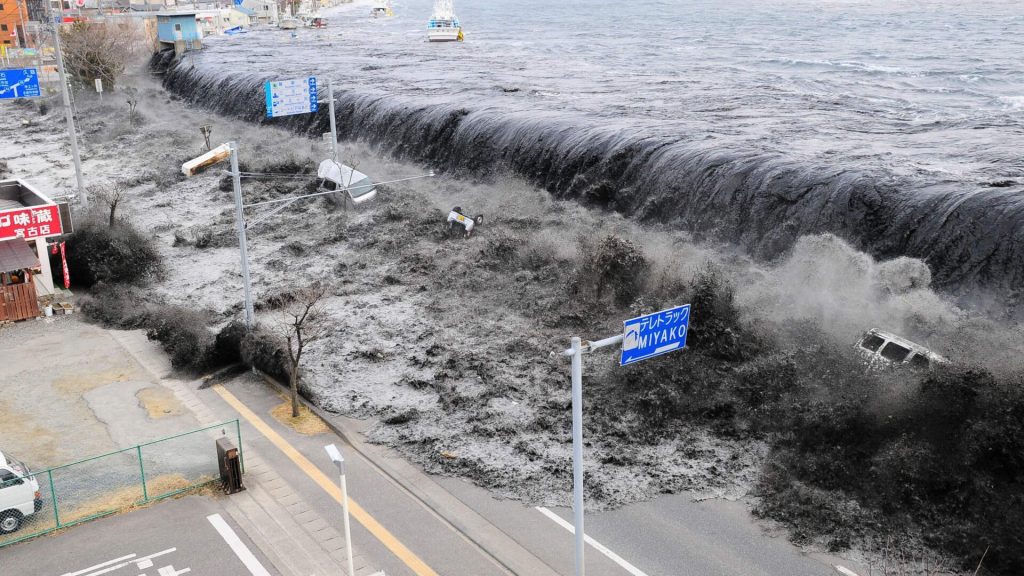
Marques said: “It seems that nature is revolting, angry with us. I’ve been reading nature since I was a child, but I am no longer able to decipher it.” His confusion hints at global warming as settlements with no knowledge of the matter are left stunned at the effect.
Tietê River Turns To Toxic Foam
It’s worth noting that the archipelago waters are not the only ones getting affected by the climate and human activities. Recently, the Tietê River in Brazil turned into toxic foam from exposure to human activities.
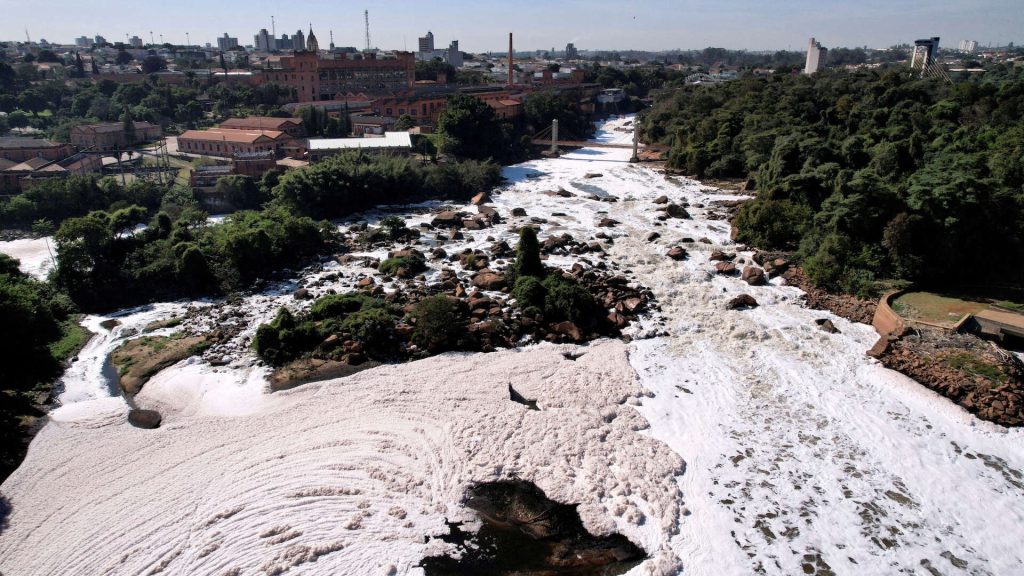
Experts conclude that this transformation was a result of phosphate and phosphorus residues from household detergents entering the river. With enough volume, the water foamed up and killed off some fish, birds, and other wildlife.
Help Has Arrived
Despite being local to the Amazon jungle, the people at the Bailique Archipelago have a reliable water supply. It comes from the Amapá and Sewage Company. This establishment received news about the water issue and stepped in right away.
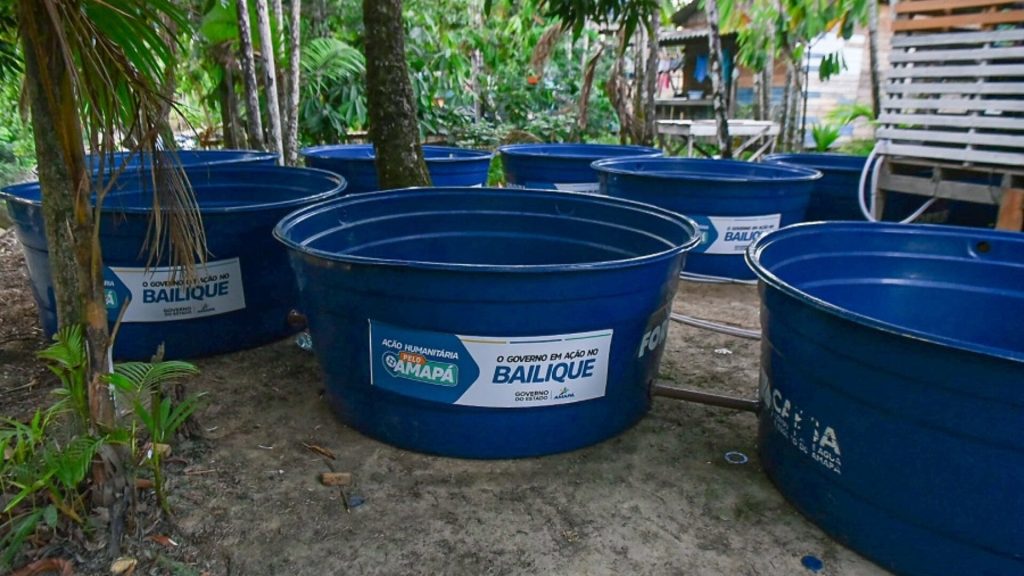
They quickly began desalinizing the water in the archipelago’s main community. Sadly, even the machine was overwhelmed. After some time, their equipment broke down after handling high levels of salt and sediment. However, the company will return by the end of 2024 with stronger plants.
Bottled Water For Hydration
The increased salt water in the rivers makes it harder to find drinking water. Drinking salt water leads to dehydration because the body needs more water to eliminate the salt from the kidneys.
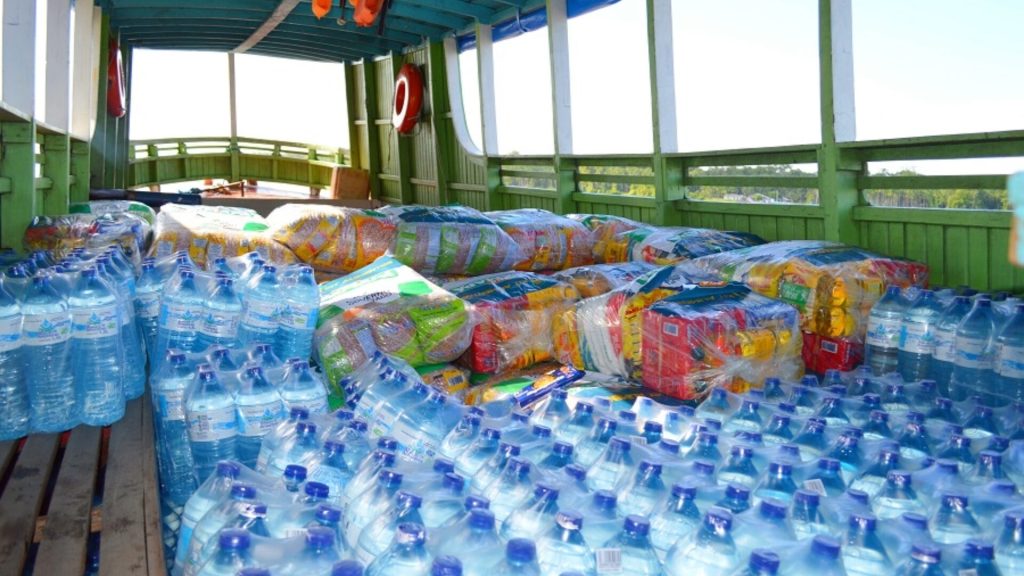
Fortunately, Macapá City Hall sent several boats filled with water bottles to the archipelago residents. This supply should quench their thirst while better solutions are still being developed. However, it’s worth mentioning that some families only got a six-pack of 1.5-liter bottles because the delivery boats got stuck on the drought-ridden riverbanks.
They Need Government Intervention
A few water bottles and desalination from a private company can only go so far. Local experts expect the government to provide additional funding to the area. This money will help in handling the erosion and salt, plus the people’s needs.

However, the government promised this financial assistance in July 2033. It’s currently March 2024 and there is no news on when the money will arrive for the project.
Evacuation May Be The Only Hope
People like Marques stay behind because the archipelago is their home. They spent their childhood and adult life there and leaving may be scary. But at the moment, evacuation may be the only option.
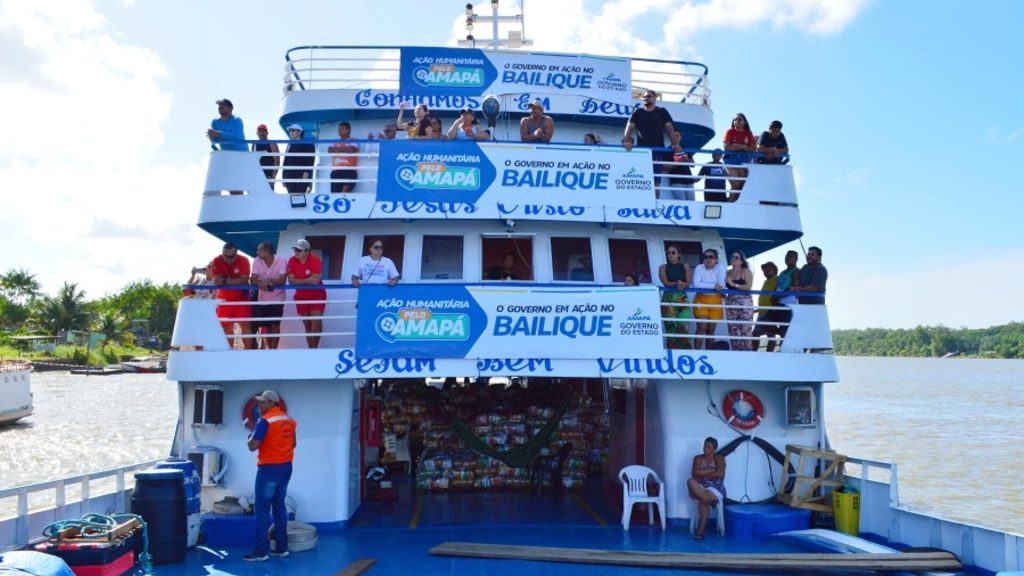
Global warming is getting worse, human activities persist in the area, and aid is slow. The community is getting overwhelmed, which may eventually force the remaining locals to join the thousands that left.



